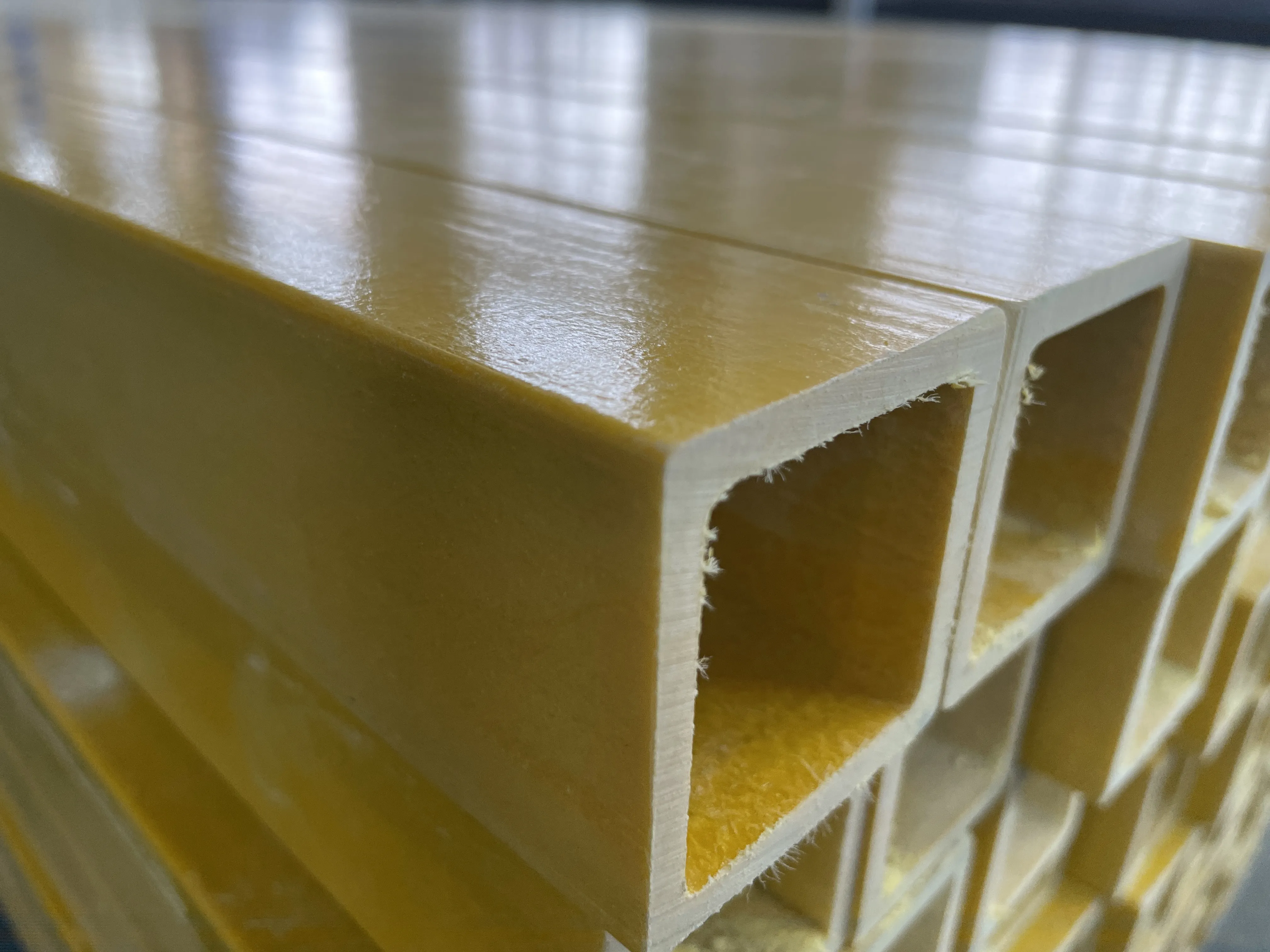loading...
- No. 9, Xingyuan South Street, Dongwaihuan Road, Zaoqiang County, Hengshui, Hebei, China
- admin@zjcomposites.com
- +86 15097380338
- Welcome to visit our website!
ro membrane housing
Understanding RO Membrane Housing Key to Reverse Osmosis Systems
Reverse osmosis (RO) is a water purification process that utilizes a semi-permeable membrane to remove impurities from water. At the heart of any RO system is the RO membrane housing, a critical component that ensures the membrane operates efficiently and effectively. This article delves into the significance of RO membrane housing, its design, materials, and the factors to consider when selecting the appropriate housing for your reverse osmosis system.
What is RO Membrane Housing?
RO membrane housing is a protective casing designed to encase the reverse osmosis membrane. This housing serves multiple purposes, including protecting the membrane from physical damage, maintaining the necessary pressure for optimal filtration, and ensuring the proper flow of water through the system. The housing must be durable to withstand the potential chemical and physical stresses that can occur in water treatment processes.
Design and Structure
Typically, RO membrane housings are cylindrical, allowing for a uniform distribution of pressure around the membrane. They come in various sizes and configurations to accommodate different membranes, ranging from thin-film composite membranes to spiral-wound membranes. The housing design integrates end caps, which are crucial for sealing the membrane inside and allowing for the inlet and outlet of water.
Most housing designs also consider features that facilitate easy maintenance and replacement of the membrane. Quick-connect fittings, for example, streamline the process of replacing the membrane and make routine maintenance effortless. Additionally, some housings are designed for multiple membranes, enhancing system capacity without requiring extensive modifications.
Materials Used in RO Membrane Housing
The choice of materials for RO membrane housing is pivotal to the performance and longevity of the system. Common materials include
1. PVC (Polyvinyl Chloride) Lightweight and cost-effective, PVC is a popular choice for residential RO systems. It is resistant to corrosion and can handle low to moderate pressure applications.
2. Fiberglass Reinforced Plastic (FRP) This material is used for industrial-grade systems due to its strength and ability to handle high pressures. FRP is also resistant to chemicals found in various water sources, making it ideal for demanding applications.
ro membrane housing

3. Stainless Steel For systems requiring durability and resistance to extreme conditions, stainless steel is often used. It is particularly beneficial in high-pressure applications and environments that may cause corrosion in other materials.
Factors to Consider When Selecting RO Membrane Housing
When choosing the right RO membrane housing for your water purification system, several factors should be taken into account
- Compatibility Ensure that the housing is compatible with the type and size of the RO membrane you plan to use. Mismatches can result in inefficiencies or damage to the system.
- Pressure Rating Different applications require different pressure ratings. Assess the operating pressure of your system and select a housing that can withstand it to avoid leaks or failures.
- Material Requirements Depending on the water source and treatment requirements, select a housing made from a material that can resist corrosion and damage due to the specific water chemistry.
- Ease of Maintenance Look for designs that allow for easy access to the membrane for maintenance and replacement. This will save time and effort in the long run.
- Cost Consider the initial cost versus the lifespan and durability of the housing. Investing in a more durable and resistant material might be more economical over time.
Conclusion
RO membrane housing plays a crucial role in the efficiency and effectiveness of reverse osmosis systems. By understanding its design, materials, and the critical factors to consider when selecting the right housing, you can enhance the performance of your water purification system. Whether you’re setting up a residential unit or a large-scale water treatment facility, choosing the right RO membrane housing is essential for achieving high-quality water production and ensuring the longevity of your system.
-
GRP Structures: The Future of Lightweight, High-Performance EngineeringNewsJun.20,2025
-
FRP Water Tank: High-Performance Storage for Corrosive and Clean Water SystemsNewsJun.20,2025
-
FRP Square Tube: The New Industry Standard for Chemical and Structural ApplicationsNewsJun.20,2025
-
FRP Pultruded Profiles: The Ultimate Choice for Lightweight Structural StrengthNewsJun.20,2025
-
FRP Handrails: The Safer, Smarter, and Stronger Choice for Modern InfrastructureNewsJun.20,2025
-
FRP Grating: The Smart Solution for Durable, Lightweight Industrial FlooringNewsJun.20,2025
-
Why Choose a Galvanized Water Tank for Your Storage NeedsNewsMay.21,2025
